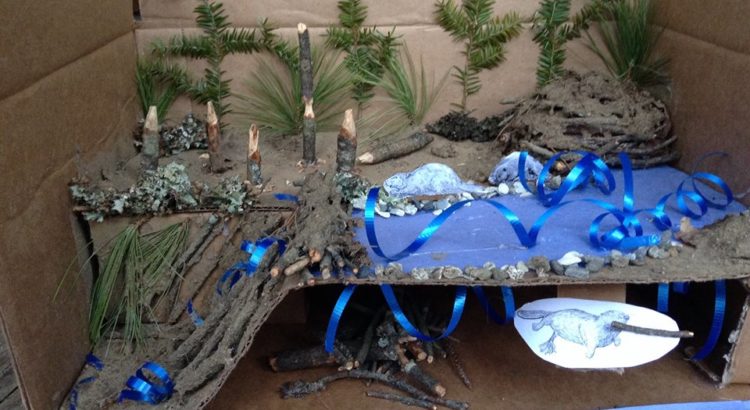What could you not live without in your own home? Today’s average fourth grader would say WiFi! The SCAers would not be able to live without a wood stove in their cabins! Everyone and everything has different needs for their own habitat or home.
This week we focused on habitats of native animals to New Hampshire. Students are going to find out that the habitats of these animals are a lot closer than they think.
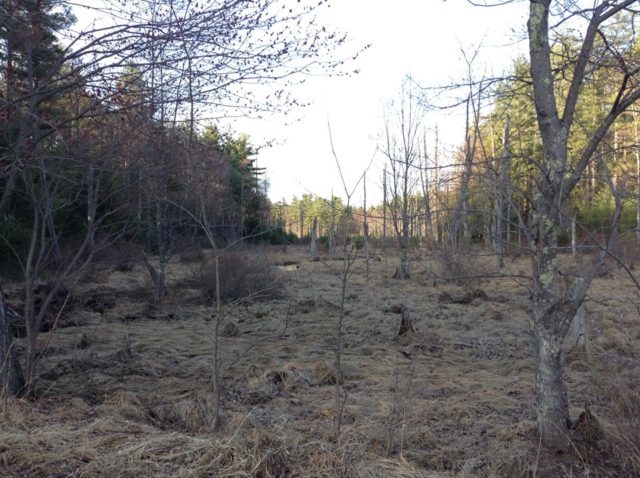
Nature surrounds us as soon as we walk into the great outdoors. We sometimes forget that animal’s habitats are in our own backyards or a stone’s throw away from the school yard. The fourth graders at Allenstown Elementary and Deerfield Community School are lucky to be surrounded by nature trails that provide habitats for a variety of animals.
Unfortunately the New England weather was not cooperating with the SCAers lesson plans to explore the natural habitats outside. The SCAers were surprised with the fourth graders reactions of actually wanting to go outside! Good thing we had a backup plan for an equally awesome classroom lesson.
The SCAers focused the lesson on the basic components of a habitat. There are four basic components of a habitat that need to be present in order for animals to survive. All animals depend upon these components of a habitat:
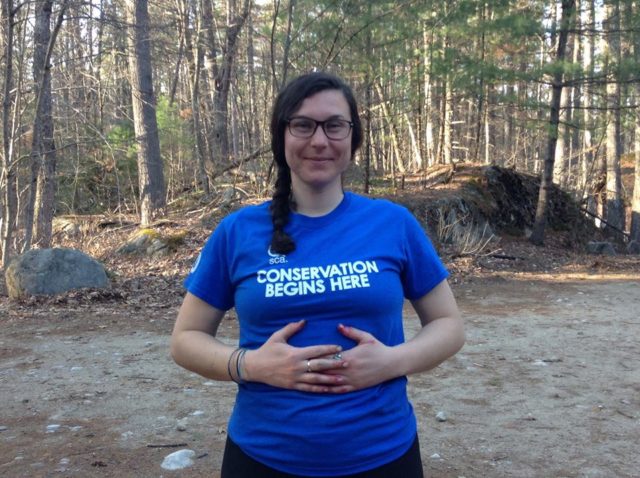

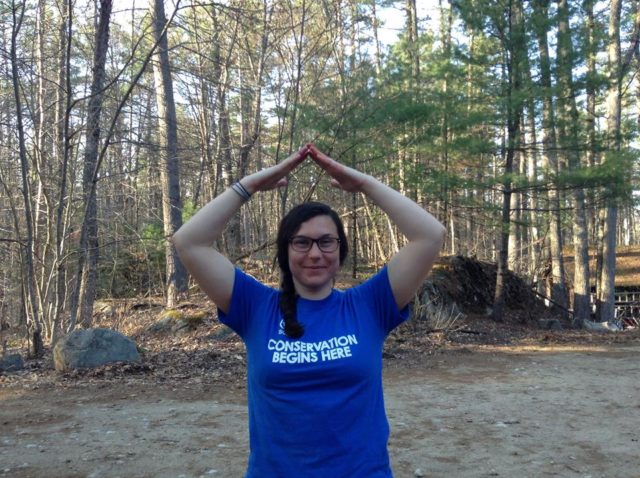
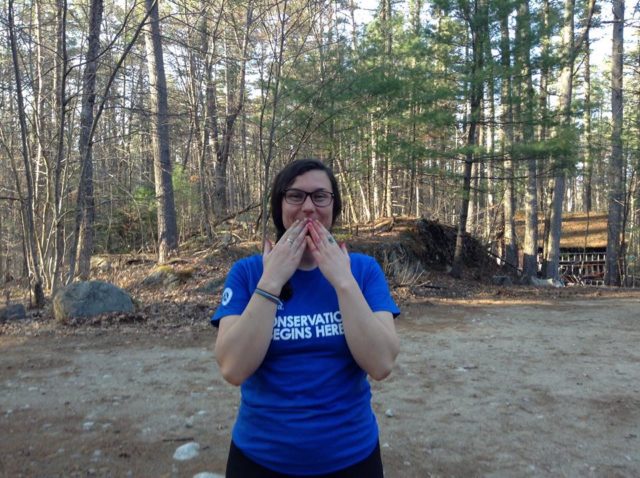
The SCAers put their crafty hands together to create three different dioramas of animals that represent three very different habitats the fourth graders would be able to find in New Hampshire.
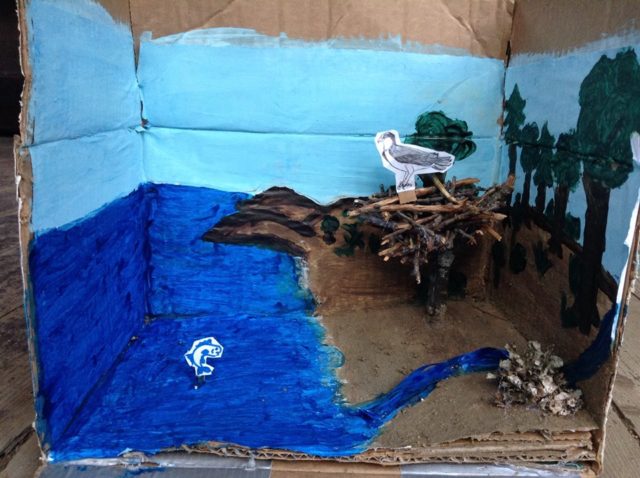
You will find an Ospreys habitat near an area with shallow water such as a wetland, river or by the sea coast. This bird will build its shelter, a stick nest, on snags or telephone poles. Their range of space depends on the availability of their main source of food, fish. If an area of water holds an abundant fish population an Osprey will travel three miles from its nest and twelve miles in less abundant areas.
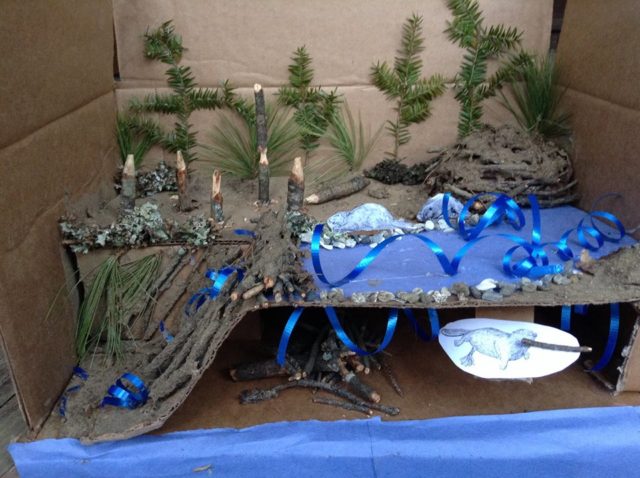
Beavers need a habitat by a source of water to survive. You will find beaver habitats by lakes, rivers, ponds, and streams. Beavers are crafty builders and use their main food source, wood, to build their dams and shelter. Beavers build dams to create a pond of still water to build their shelter called a lodge. A beaver colony of five requires 10 acres of space for survival. That is an equivalent to 500 average sized fourth grade classrooms. If you here a slap of a beaver tail on water that means you have entered the territory of a beaver colony.
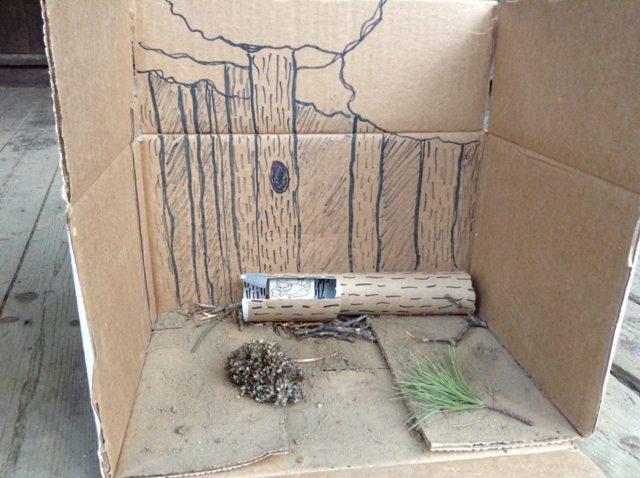
A bobcat can be found in a habitat where they can hangout without feeling threatened, such as a forested area. For their shelter they live in crevices, hollow logs or use other animal’s dens. Female bobcats need between two to five square miles of space to roam, where as a male would need up to 15 square miles. Bobcats usually live alone, with the exception of kittens living with the mother for a year and will leave forever once that year is up. If only fourth graders would act like bobcats. Just kidding!
The students were amazed at our creative dioramas. They were able to better understand the different habitats and needs of the osprey, bobcat and beaver with the 3D models of each animals habitat. The students were interested in making there own dioramas of animal habitats. You’re welcome teachers!
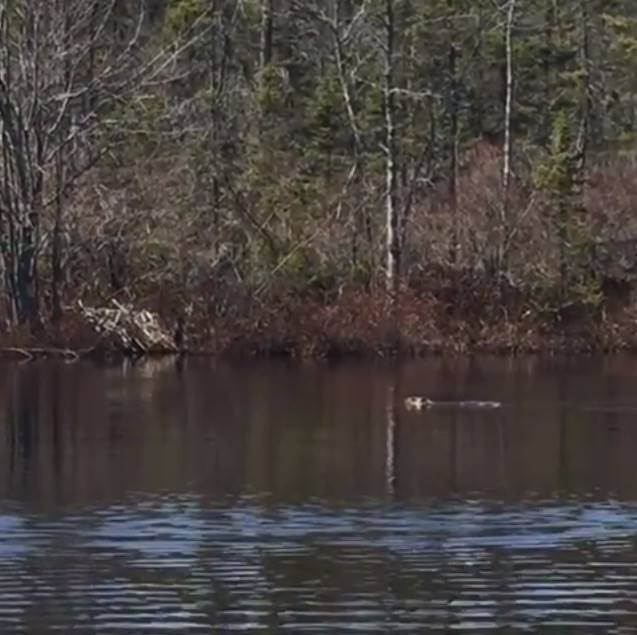
It is always a treat to be a witness of an animal in its habitat. In fact all of these animals have been sighted in their natural habitats in the backyards of the SCAers right in Bear Brook State Park. The SCAers are always excited to see animals sightings and we wanted to know how student would react to seeing animals in their habitats.
Learning about habitats enables students to be good earth stewards when they are out in nature. The SCAers asked the students how they can help protect animal habitats when they are in nature. The responses made the SCAers so proud.
“I can help build the animal’s habitat for them.”
“I can pick up trash when I am walking on a trail.”
“I will not destroy their shelters so they can stay safe.”
Just imagine if someone entered your room (your habitat) and changed or took something away. How would that make you feel? The SCAers think animals would feel the same way.
We are so proud that our students are almost complete with their Earth Stewardship training. The SCAers fourth graders are one week away from becoming Earth Stewards. Join us next week for the celebration!

